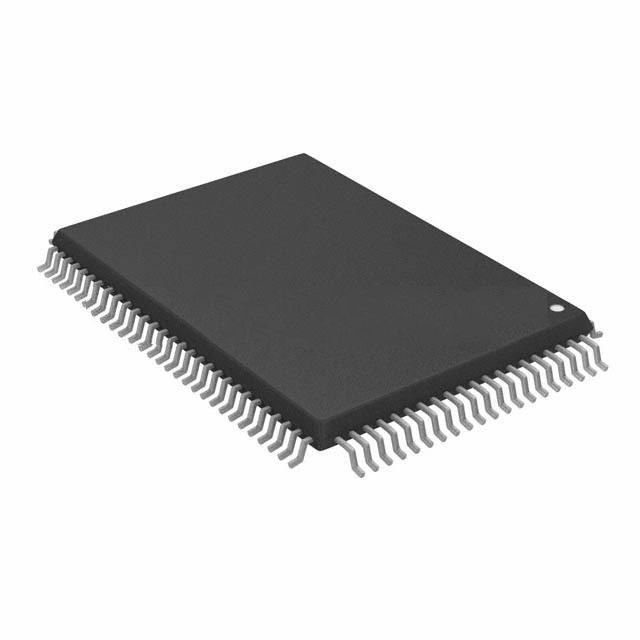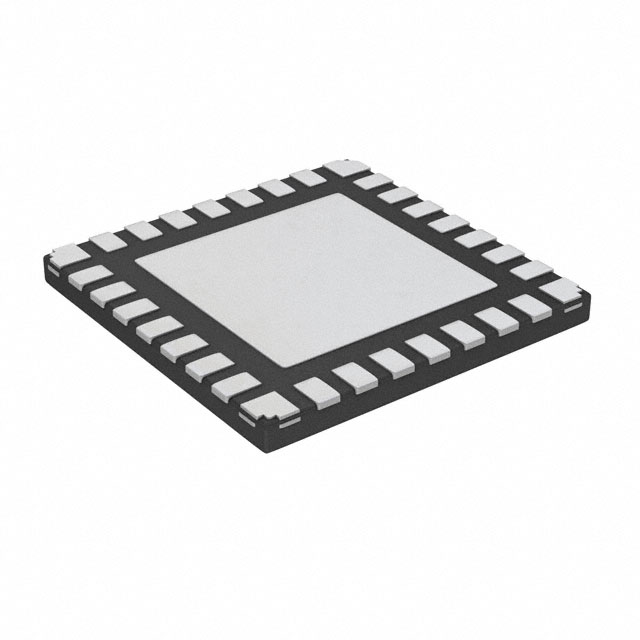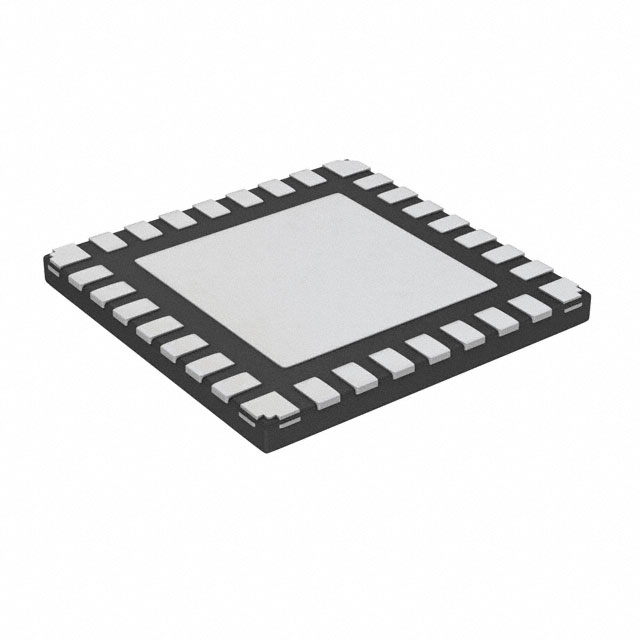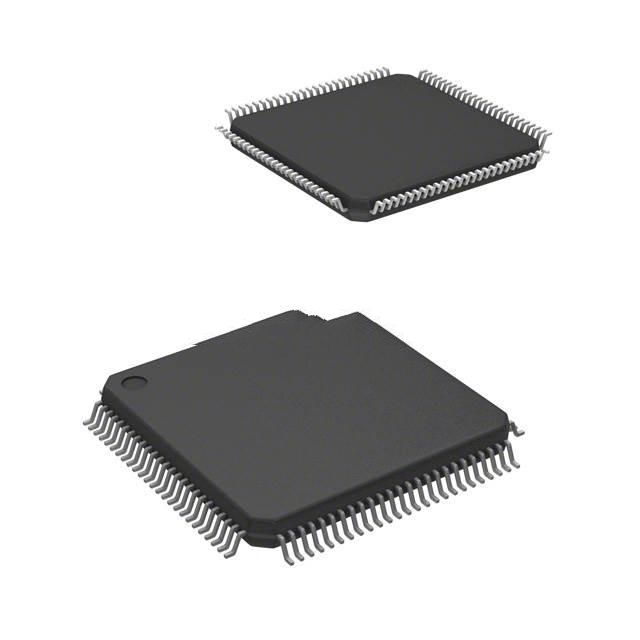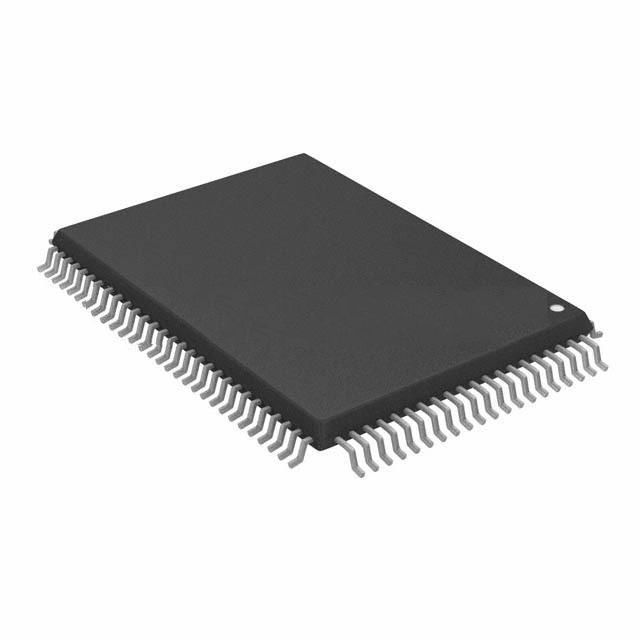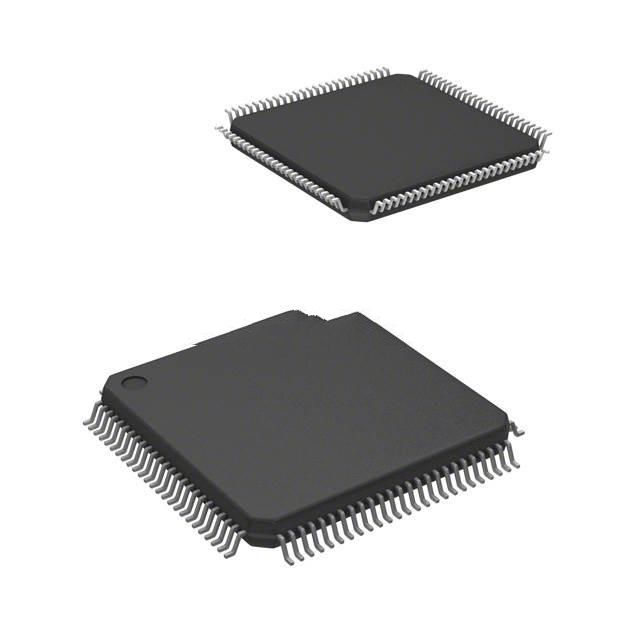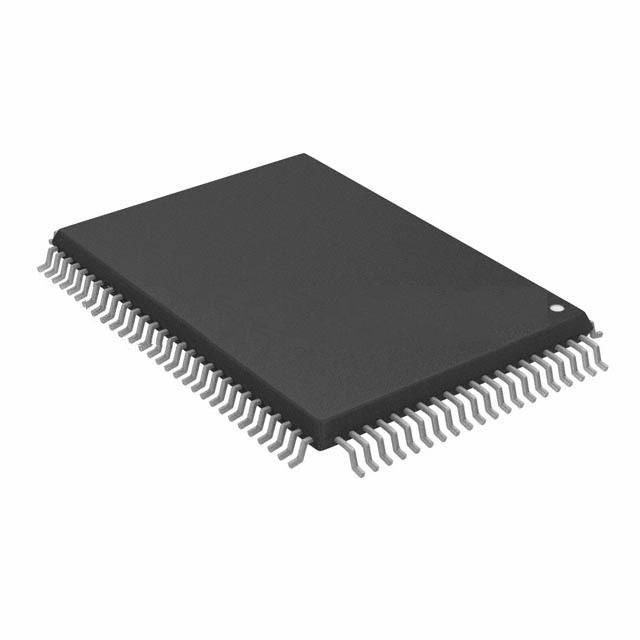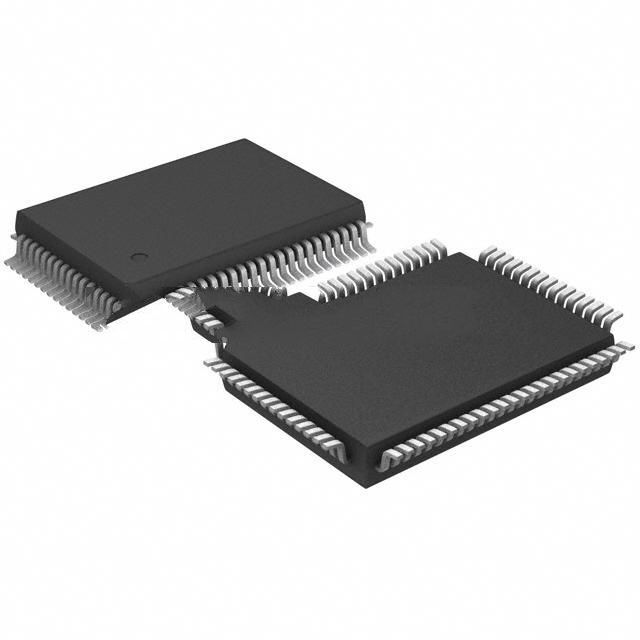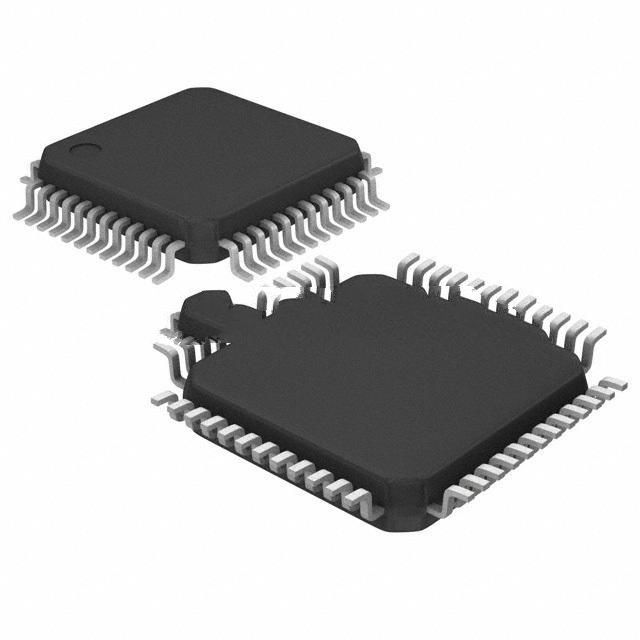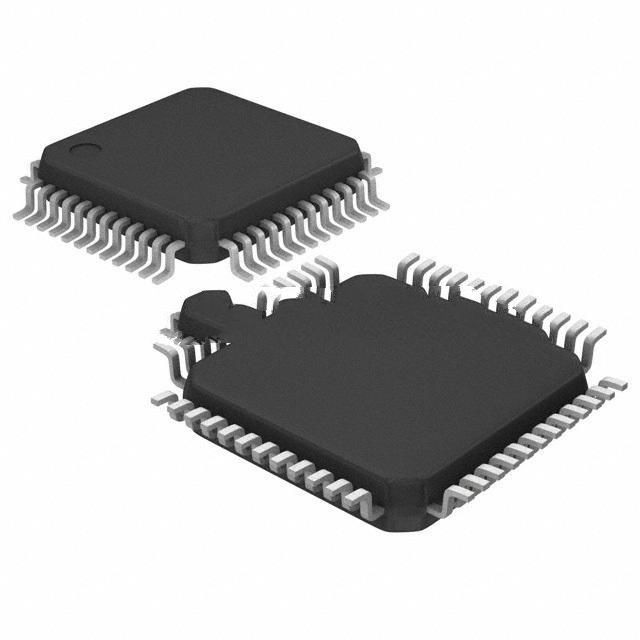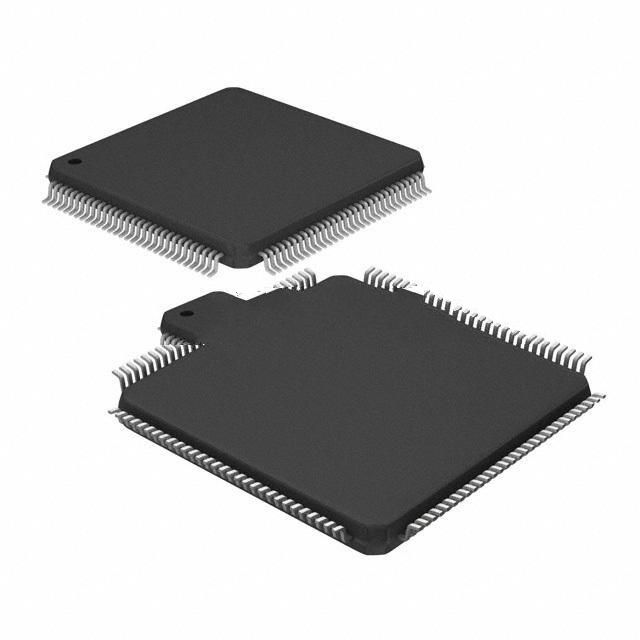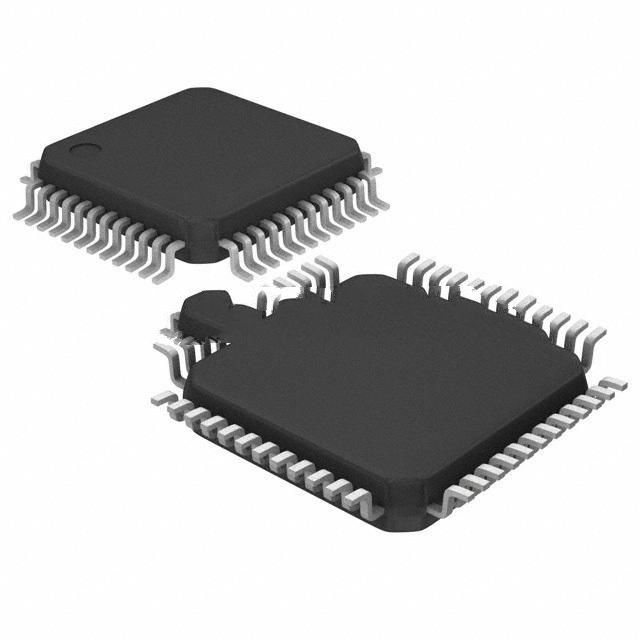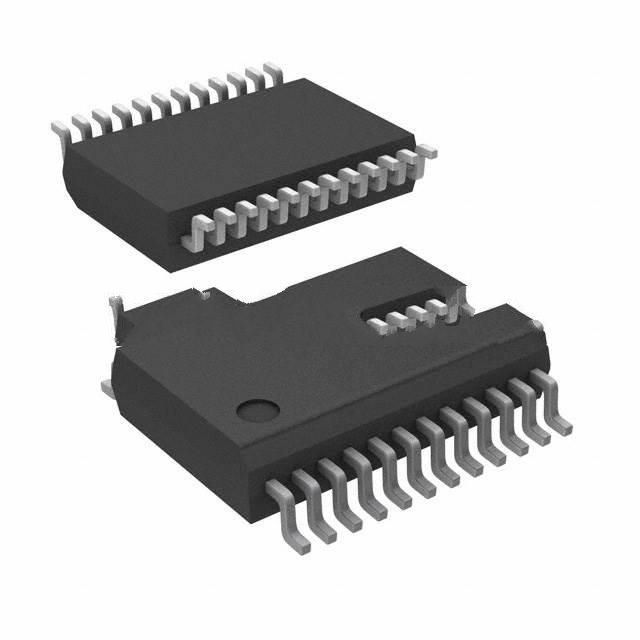LC87F5NC8AU-QIP-E Product Introduction:
ON Semiconductor Part Number LC87F5NC8AU-QIP-E(Embedded - Microcontrollers), developed and manufactured by ON Semiconductor, distributed globally by Jinftry. We distribute various electronic components from world-renowned brands and provide one-stop services, making us a trusted global electronic component distributor.
LC87F5NC8AU-QIP-E is one of the part numbers distributed by Jinftry, and you can learn about its specifications/configurations, package/case, Datasheet, and other information here. Electronic components are affected by supply and demand, and prices fluctuate frequently. If you have a demand, please do not hesitate to send us an RFQ or email us immediately sales@jinftry.com Please inquire about the real-time unit price, Data Code, Lead time, payment terms, and any other information you would like to know. We will do our best to provide you with a quotation and reply as soon as possible.
Introducing the LC87F5NC8AU-QIP-E, a cutting-edge microcontroller from onsemi that is designed to revolutionize the world of embedded systems. Packed with advanced features and capabilities, this microcontroller is the perfect solution for a wide range of applications.
One of the standout features of the LC87F5NC8AU-QIP-E is its high-performance 8-bit CPU, which allows for fast and efficient processing of data. This, combined with its generous 64KB of flash memory and 4KB of RAM, ensures that the microcontroller can handle even the most demanding tasks with ease.
In addition to its impressive processing power, the LC87F5NC8AU-QIP-E also boasts a wide range of peripherals, including UART, SPI, and I2C interfaces, as well as multiple timers and PWM channels. This makes it incredibly versatile and suitable for a variety of applications, such as industrial automation, consumer electronics, and automotive systems.
Furthermore, the LC87F5NC8AU-QIP-E features low power consumption, making it an ideal choice for battery-powered devices. Its integrated power management unit ensures efficient power usage, prolonging battery life and reducing overall energy consumption.
With its exceptional performance, extensive feature set, and wide range of application fields, the LC87F5NC8AU-QIP-E is the microcontroller of choice for engineers and developers looking to create innovative and reliable embedded systems. Trust onsemi to deliver the highest quality and most advanced technology in the industry.
Microcontroller is a kind of single chip micro controller, it is an integrated circuit (IC) used to central processing unit (CPU), read-only memory (ROM), random access memory (RAM), input/output (I/O) ports and timer and serial communication interface and other peripheral equipment. The main role of the microcontroller is as a control unit, responsible for receiving input signals, processing data, executing instructions and generating output control signals. Its function in the electronic system is similar to that of the brain, which can respond accordingly to programmed instructions and changes in the external environment.
Application
Microcontroller application field is extremely wide, almost covers all aspects of modern science and technology. In the field of industrial automation, microcontrollers are used for motor control, sensor data acquisition and automation equipment control, significantly improving production efficiency and product quality. In the field of smart home, smart door locks, smart lighting, smart home appliances and other equipment can not be separated from the support of microcontrollers, to achieve remote control and automatic management of equipment. In addition, microcontrollers are also widely used in the Internet of Things, automotive electronics, consumer electronics, medical equipment and other fields, becoming an important force to promote scientific and technological progress.
FAQ about Embedded - Microcontrollers
-
1. Is Arduino an embedded microcontroller?
Arduino is an embedded microcontroller platform based on open source hardware and software. It contains a microcontroller (MCU) and related modules that can interact with the external environment through hardware and software. The core board of Arduino consists of a microcontroller and related modules, with basic input and output connections and multiple communication interfaces, including serial ports, SPI and TWI, etc., which can communicate and transfer data with other devices.
Features of Arduino include:
Development environment: Arduino comes with a software development environment that can be programmed in C and C++ languages.
Libraries and functions: It has a rich hardware library and functions for rapid development.
Low cost: It is suitable for hardware development such as sensors, simple robots, thermostats and motion detectors, with low cost and simple operation.
Wide application: It is commonly used in projects such as IoT products, automation control and robots.
Compared with other microcontroller platforms, the advantage of Arduino is its simple and easy-to-use hardware and software tools, which enable electronic enthusiasts and general users to quickly realize various application projects.
-
2. Is Raspberry Pi a microcontroller?
Raspberry Pi is not a microcontroller in the traditional sense. Raspberry Pi is a microcomputer, often called a single-board computer, which has more powerful computing power and more functions, including writing code directly on the device and running multiple programming languages.
Raspberry Pi has some features of a microcontroller, such as it also has GPIO (general input and output) pins, which can control external devices through these pins. In addition, Raspberry Pi can also be used for the development of embedded systems, especially in application scenarios that require higher computing power.
-
3. What is the difference between an embedded MCU and a PLC MCU?
The main difference between an embedded MCU and a PLC MCU is that their application fields, system architectures, and programming methods are different.
Although both embedded MCUs and PLC MCUs involve MCU technology, their application fields are significantly different. Embedded MCUs are mainly used in non-industrial fields such as consumer electronics, automobiles, aerospace, etc. They emphasize high specificity and flexibility and can be customized according to specific needs. PLC MCUs are mainly used in industrial automation control fields, such as electricity, petroleum, chemical industry, machinery manufacturing, etc. The original design intention is to adapt to complex industrial environments and have strong stability and reliability.
In terms of system architecture, embedded MCUs usually have fixed hardware and software configurations, are designed and developed for specific applications, and hardware and software are tightly integrated to form a complete system. PLC MCUs are based on a modular architecture, and different modules can be added to achieve different functions. Both hardware and software are standardized, which is convenient for users to select and configure.
In terms of programming language, embedded MCUs are usually programmed in high-level programming languages such as C and C++. These programming languages have powerful functions and flexibility and can meet complex programming needs. PLC MCUs are mainly programmed in ladder diagram language. This graphical programming method is simple and easy to understand, which is convenient for users to get started quickly. In addition, it also supports some text programming languages, such as instruction lists and structured text.
 Lead free / RoHS Compliant
Lead free / RoHS Compliant



